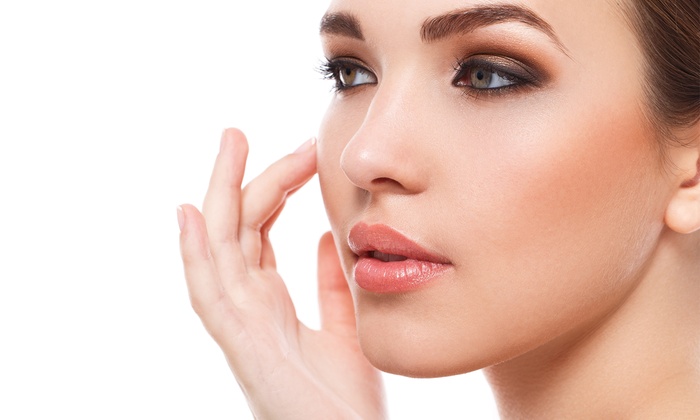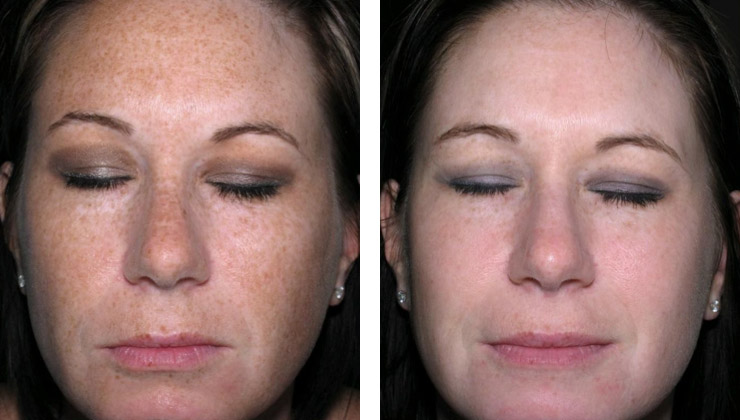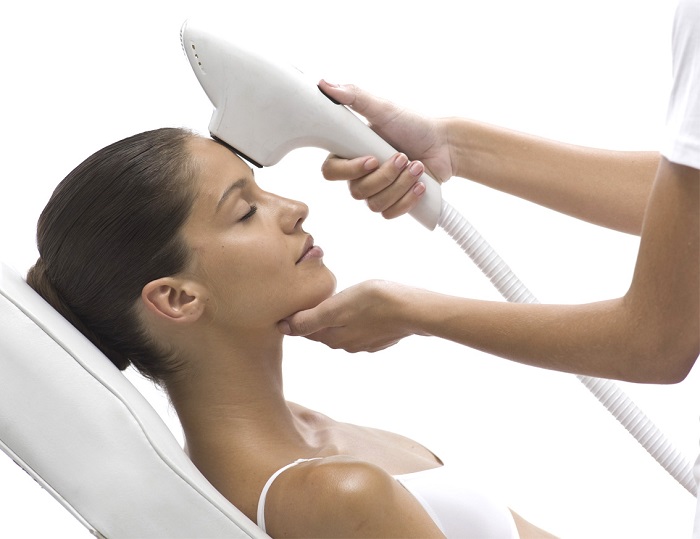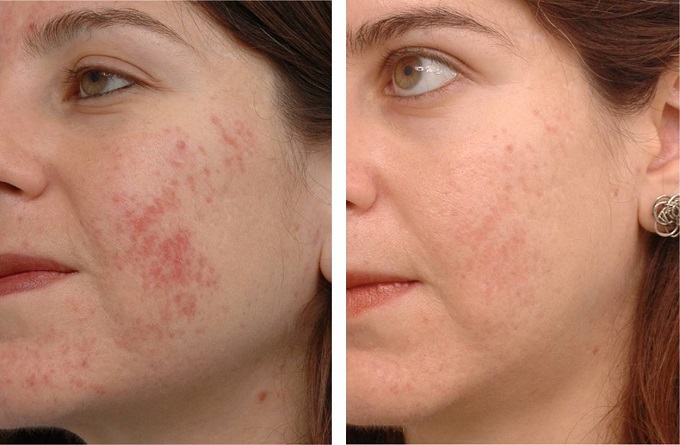An IPL photofacial, or Intense Pulsed Light photofacial, is a popular and safe treatment for a myriad of cosmetic and dermatological conditions. Using beams of intense, high-energy light, it helps with skin tone, age spots, freckles, rosacea, superficial wrinkles, sun damage, acne, spider veins, large pores and more. People can also use it for permanent hair removal.
Typically, results are visible after the first session. There are many advantages over more invasive procedures. Patients can achieve the best cosmetic outcomes when they adhere to the precautions and follow the recommendations closely. Here’s how this procedure works, the benefits and disadvantages of using IPL, and how to maintain its effect.

How IPL Photofacial Works
By using pulses of specific wavelengths of light to heat underlying tissues, IPL targets and destroys the pigment cells found in the deeper layers of skin. Special filters and settings are used to control the depth and strength of treatment.
The procedure doesn’t remove any layers of skin, resulting in faster healing and fewer complications than laser resurfacing. Once the targeted cells are destroyed, the body’s own immune response stimulates additional collagen and fibrin production, thereby improving skin elasticity and tone.
The average session is about 30 minutes. Immediately following treatment, pigmented areas of skin will darken. These will turn to scabs in the first 24 to 48 hours, and slough off completely within a week. The cost varies by medical professional and condition but typically runs between $300 and $500 for each treatment. Most people need a total of two to four sessions.
There is some minor discomfort, the most common being a sunburn-like sensation. Typically, the facial is repeated every two to four weeks until the cosmetic goal is reached. The IPL photofacial is very popular, may people stating that it’s definitely worth it.

Pros and Cons of an IPL Photofacial
IPL offers many benefits over other types of skin rejuvenating procedures. There is very little downtime associated with this treatment, making it ideal for anyone that needs to be out in public. In addition, the IPL technology has been in use for more than 20 years. It is very safe and will work on very dark discolorations, such as port wine birthmarks. Other benefits include:
- Long term safety record.
- Fast recovery times.
- Very effective.
- Can treat large area at once.
- Cheaper than laser or other rejuvenation therapies.
- Treats many different skin conditions.
IPL does have a few drawbacks. It isn’t suitable for darker complexions. While it is very good for fine lines, it won’t completely eliminate deep wrinkles. It’s also not a good choice for hair removal on natural blondes, since they lack hair follicle pigment. How long the results last depends on sun exposure, since it influences melanin production. Other cons include:
- Requires multiple treatments.
- Must stay out of the sun after treatment.
- Health insurance generally will not cover cost.
- Bruising, discoloration and excessive scabbing, while rare, are possible.
- May require use of other therapies to achieve maximum results.
- Will only work on hair follicles in the growing stage.
How Is an IPL Photofacial Performed?

Plastic surgeons, dermatologists, and licensed aestheticians offer medical grade therapy, although the procedure itself may be performed by a nurse. Depending on the comfort level of the patient, a photofacial may begin with the application of a topical anesthetic. Special eyewear is used as a precaution to protect the eyes. A conductive gel is spread over the face enabling the handpiece to glide across the skin. Pulses of light are emitted from the smooth glass bottom. There is a slight stinging sensation, often compared to the feeling of a rubber band snapping on skin.
A session may last anywhere from 10 to 30 minutes. Once the treatment is complete, a specialist will apply a good moisturizer with sunscreen protection. They will sometimes use cold packs if swelling or lingering discomfort are present. Patients can cover any redness with makeup, and will normally disappear within a day. It’s not uncommon for dark spots to appear darker before flaking off and going away. The flakes resemble coffee grounds and rinse off easily. Most people are able to resume daily activities and wearing cosmetics immediately afterwards.
IPL Photofacial Maintenance Tips
Establishing a good skin care routine will help prolong the effects of IPL. Recommendations on product usage and skin care routines will vary among practices, but there is one specific product shown to have a big impact on the overall outcome. A study in the Journal of Drugs and Dermatol revealed that the use of the Obagi NuDerm System dramatically improved the results of IPL with just two sessions performed four weeks apart.
An IPL photofacial does not increase sensitivity to sun. However, dermatologists recommend avoiding sun exposure because it can damage the skin. A good sunscreen or a hat when outdoors is usually sufficient protection.
Precautions and Preparing for an IPL Photofacial

While a lot of advanced preparation isn’t necessary for Intense Pulsed Light therapy, it is a good idea to avoid using self-tanners and sun exposure beforehand. The procedure works best on untanned skin. Patients should discontinue topical medications, such as Renova or Retin-A, for two to four weeks before treatment. It is also best to avoid herbs that increase skin vascularity, such as St. Johns Wort and garlic.
As with any medical procedure, there are risks. The primary side effect is skin redness and puffiness. This usually resolves within a couple of days. More serious side effects, such as bruising, are rare. An IPL Photofacial is not suitable for the following people:
- Sunburned skin;
- Olive complexions or dark skin;
- Pregnant or breastfeeding women;
- Cancer or Fibromyalgia patients.
For those looking for a better skin tone or to rid themselves of unwanted facial hair, IPL is a great alternative to laser procedures. It is the gold standard for deep discolorations. The results can last a long time if you properly care for your skin and limit sun exposure. Overall, it is much cheaper than other laser treatments and yields a very satisfactory outcome in the majority of people.

